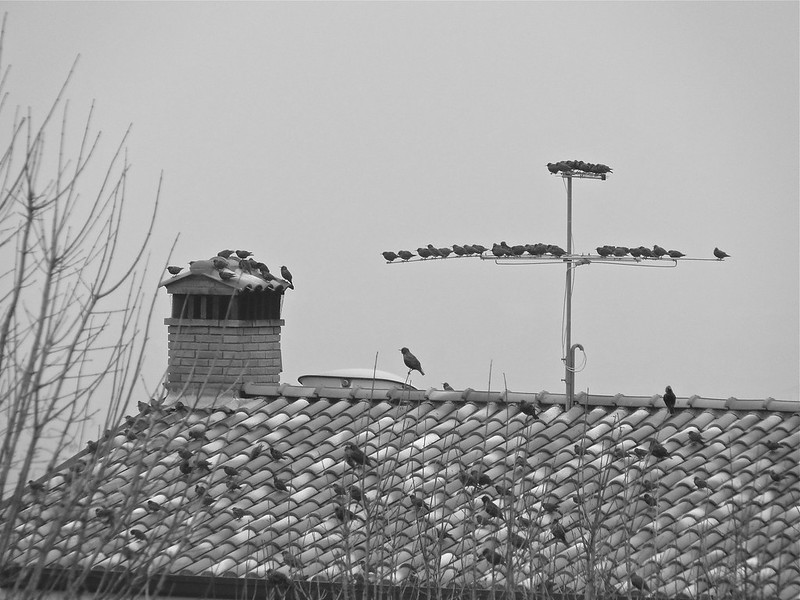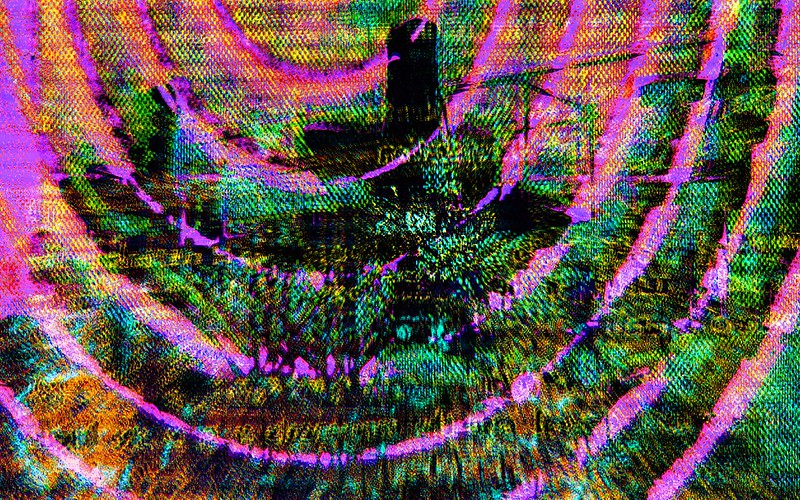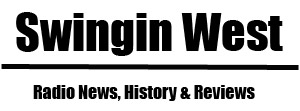A quality radio receiver can be helpful in many ways. For example, it is essential for being able to get the latest weather reports and forecasts. But did you know that your radio also plays a vital role when it comes to emergencies? Whether you are listening to local AM stations or an FM station, they will often have information about any major emergencies happening nearby. That’s why it’s important to understand what you need in order for your reception to reach its full potential.

Main ways to boost radio signal in a building
If you can’t get a strong signal for your favourite stations, here are some ways to boost the reception on your AM/FM receiver so that you can enjoy the benefits of clear sound. Here are three main ways to boost radio signal in a building:
- Improve built-in FM/AM Antenna to boost a radio signal. First, find the antenna of your radio. After you have found it, take a wire and connect it to the connector at its end using some duct tape for an easier grip. Now attach this newly formed connector to any metallic object like a pipe or bar, preferably one that is outside near where you are trying to boost your signal from. The metal will act as an FM/AM Antenna which in turn helps receive signals much better than without!
- Buy a Radio Booster Antenna. Itis the simplest way to increase your radio reception. This will allow you more power and range, allowing you to receive further signals from different directions without losing quality of sound or strength of signal as it was before.
- Use an Amplifier Antenna. If you have a stronger signal but your radio still struggles to bring in the sound, then this will be perfect choice for you! It’s usually placed on top of roof or outside. It works by amplifying weaker signals and turning them into sounds that are more clear, without interference.
- Change indoors location of your radio receiver. The composite of signals coming directly from the transmitter site with other signals reflected off hills, structures, trees, and other items will produce noise or distortion in FM reception. Because these transmissions travel along distinct lines to your radio, they may either enhance or diminish each other, resulting in signal distortion. So, the interference of FM signals may cause the day’ signal changes. In this case don’t hesitate to experiment with your radio indoors location to discover where you get the best reception.
Signal propagation deterioration by seasons
The ionosphere acts as a mirror, allowing long-distance radio transmissions to be received beyond the horizon. Because this effect occurs only at night and on certain frequencies, it is of limited value for AM broadcasting. However, conditions are different during daylight hours when signal propagation enhancements caused by atmospheric conditions. The signals power also varies on seasons depending on weather, terrein detailed, vegetation etc.

For example, signal enhancement will occur over water or nearby mountains where your normal station may not reach due to obstructions such as buildings or trees. This can produce enhanced signal levels up to 20 dB (depending upon time of day) which usually allow you to receive weaker stations clearly within your usual coverage area under these conditions – weather permitting!
About HD signals
HD Radio is a trademarked term for the in-band on-channel (IBOC) digital radio technology.The system transmits additional digital data associated with an existing radio station’s standard analog signals, re-broadcasting the same signal in a digital format, with less noise. HD Radio is used by AM and FM radio stations – mostly in the United States and Canada. HD signals are more difficult to receive, even with the best antenna. The reason why is because of HD signals are more complicated for your receiver to tune in properly due to higher frequencies and weaker signal strength.
If you’re having trouble receiving a poor analog signal, try adjusting your antenna to enhance reception and pick up the HD signal.The amplifier will help you to receive both FM/AM radio stations perfectly on any frequency range between 88-108Mhz or 530-1600 Khz respectively. This option is suitable if there are multiple people living in one household that may be affected by different directions where they wish their favourite broadcasts were being received from.
Now you know!
We hope now you know how to boost radio signal in a building, don’t forget about the importance of having a good antenna. You can increase your radio signal by improving the height of antennas or installing an amplifier. If you are still experiencing poor reception in your building try checking out another usefull solutions to help boost your signal!
